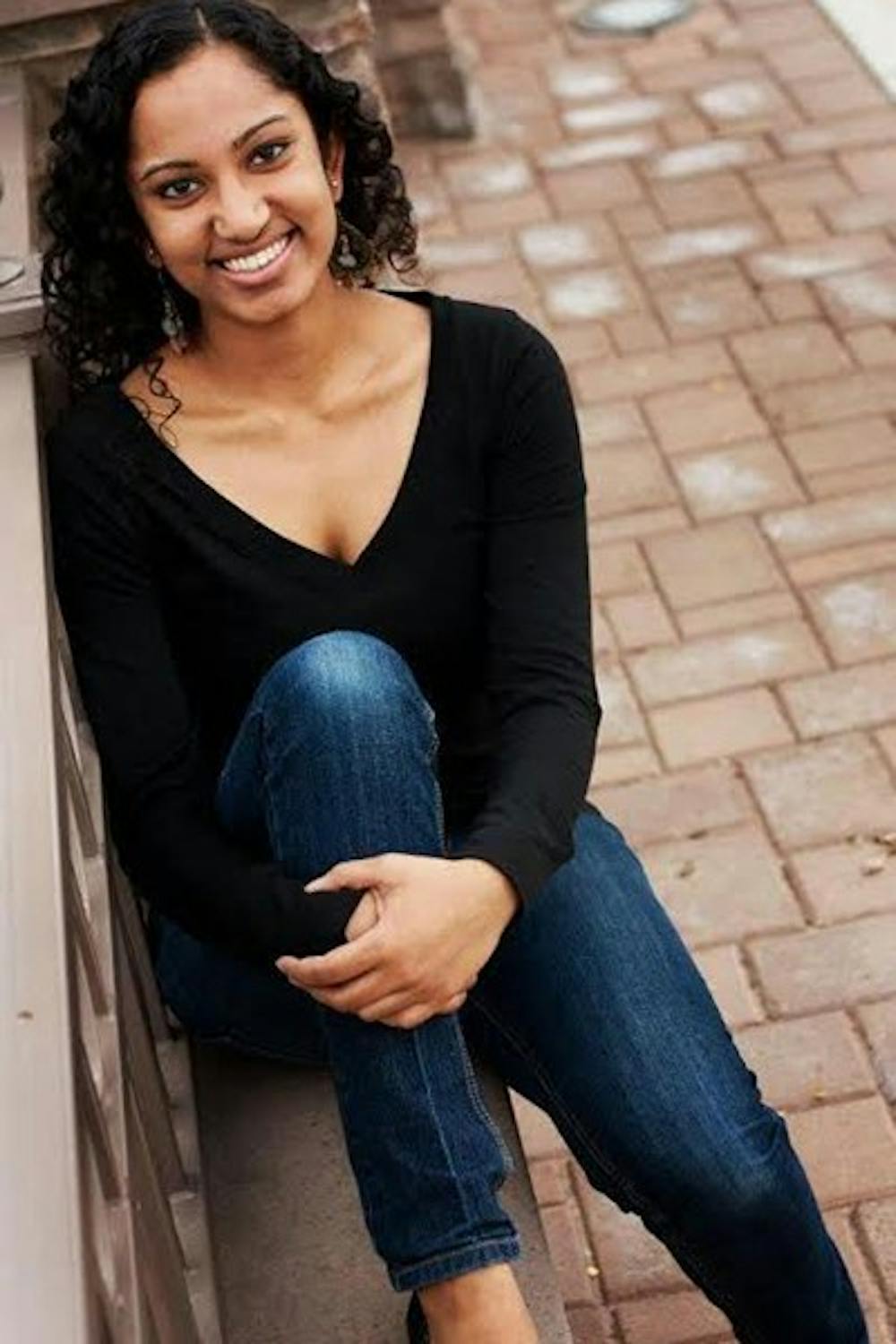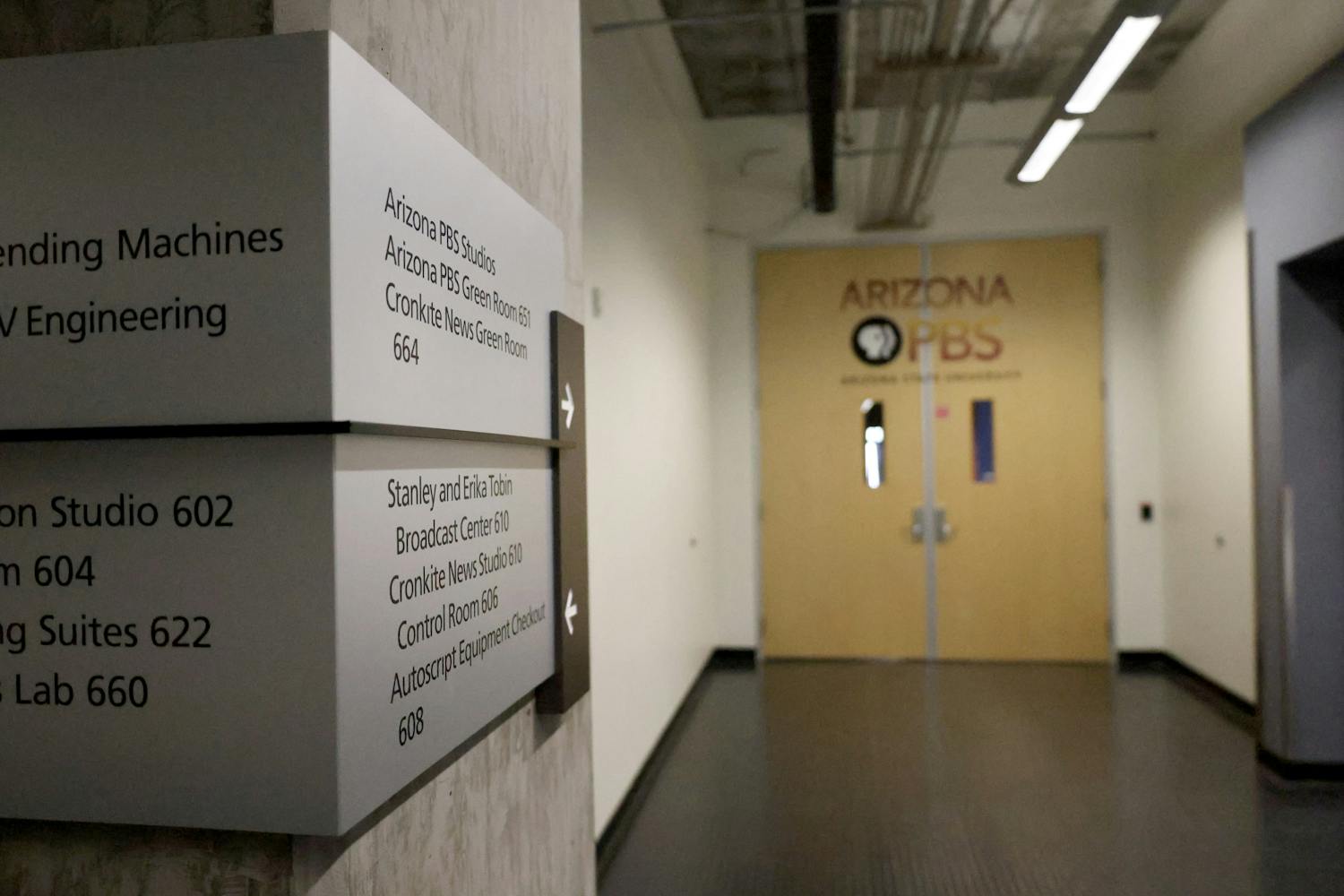 (Photo Courtesy of Raji Ganesean)
(Photo Courtesy of Raji Ganesean)
Computer science sophomore Raji Ganesan said she always wanted to do something where she would help people in need, and this year’s Clinton Global Initiative University conference might give her the chance to do just that.
“I found out about CGI U from a Ph.D. student who had participated in it before,” she said. “I decided that it was a great opportunity for me.”
This year, ASU will host CGI U in March.
CGI U brings together college students from all over the world to address global challenges and come up with practical innovations and solutions. Students participate in hands-on workshops and present their Commitments to Action.
Commitments to Action are a feature in CGI U that translate a student’s goal into meaningful and measurable results. Each commitment must be a new initiative from an individual or group, and it must address a specific challenge with a defined course, detailed objectives and a timeline of what they are doing.
“I will have a poster and business cards while presenting what I’ve done and so I can demonstrate to other students at the conference,” she said.
Ganesan said the application process wasn’t too difficult, but it took some thought. She said she took on an individual Commitment to Action.
“I used technology as a way to empower people,” she said. “It’s a type of assistant technology for individuals recovering from a stroke.”
When Ganesan picked computer science as a major, she was excited by all of its applicability but was also overwhelmed and distressed that most of the applications wouldn't feel that satisfying to her.
“Simply because I wouldn't be helping people who were truly in need, and I would be working in an environment that does not encourage human interaction,” Ganesan said.
All of her searching and anxiety lead her to The Center for Cognitive Ubiquitous Computing, an interdisciplinary research center focused on cutting edge research in human-centered multimedia computing focusing on rehabilitative as well as health care applications.
“My worries were immediately alleviated at seeing all of the incredible innovations the researchers and staff at CUbiC had made with regards to assistive technology,” Ganesan said.
CUbiC had already created devices to help low-vision and blind students, audio-haptic devices for people who are deaf and devices to aid autistic children.
“Everyone at CUbiC showed me the true value and power of computing, while upholding the imperative standard of being human-centered,” Ganesan said. “They understood that technology is a powerful means to improving the explicit needs of those who are disabled, but that must start with understanding the disability entirely.”
When Ganesan started working at CUbiC, she was given a number of projects on which to work. She said the serious game development for stroke rehabilitation project really connected with her.
“I have been interested in neuroscience and the effect of neurological disease for a while, and this particular method of providing more motivating, engaging, and comprehensive techniques and exercises for patients to heal fit right in with my interests (both technological and humanitarian),” she said.
Ganesan's project uses devices called Sifteo Cubes, which are 1.5-inch blocks with full-color clickable screens. They are an interactive gaming platform that communicates with users as well as each other when they are rotated, shaken or tilted.
Ganesan used these devices to apply basic games and gestures that could be implemented for stroke rehabilitation. These cubes provide a more comprehensive healing process while simultaneously adding the human effectiveness of rehab without actually replacing it.
“I currently have six that I work with on my lab,” she said. “If there is a character on this game, the characters and sounds interact with each other, and it’s almost like you can build your own cube.”
Ganesan said every brain and stroke is different.
“It’s important we cater to the individual, so these people want to heal,” she said.
Ganesan said she hopes to have these games fully developed and enhanced by the end of this year. Once completed, she wants them to be utilized at local rehabilitation clinics.
Professor Troy McDaniel was one of Ganesan’s mentors. In his research, McDaniel focuses on sense and touch in the context of information delivery in technology. He said Ganesan has demonstrated passion and creativity in her research on smart objects for stroke rehabilitation.
“She is using gaming technology, Sifteo Cubes, in new ways for stroke rehabilitation,” he said.
Computer science graduate student Ramin Tadayon was also one of Ganesan’s mentors during her research. His research is more focused on utilizing the interactivity and virtual social environments within games to allow rehabilitation and social interaction.
He said Ganesan has a talent for applying her creativity in her work.
“It has been an exciting experience collaborating with her as her mentor and often I found myself learning from her,” he said. “She has been incredibly proactive with her solutions to challenging problems and always shows an unyielding interest in what she does.”
Tadayon said he was very pleased when he heard of Ganeson’s acceptance into CGI U.
“I knew that she was a perfect candidate for this program,” he said. “In the months that I have worked with Raji, she has demonstrated her ability to lead, to pursue challenging interdisciplinary work, and to take on problems at a global scale. It is an honor and a privilege to work with such an incredible student.”
Ganesan said all of the other projects at CUbiC give her a sense of excitement and satisfaction.
“It is an amazing hub for people with a technical background who really see the value of being interdisciplinary,” she said.
Reach the reporter at kgrega@asu.edu or follow her on Twitter @kelciegrega




